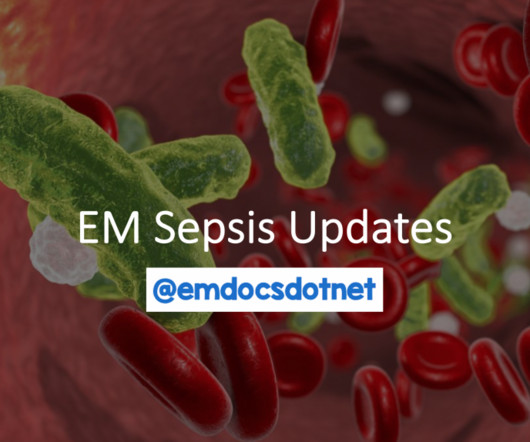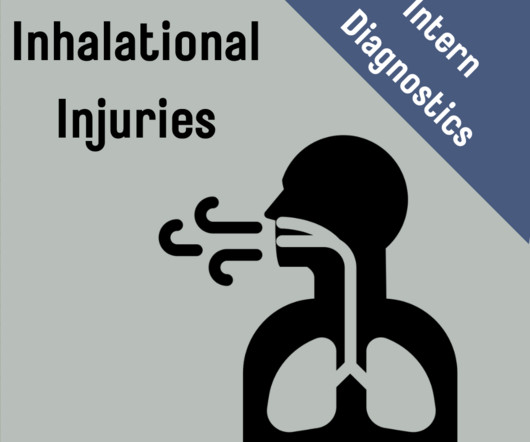The 90th Bubble wrap DFTB X The Bridge
Don't Forget the Bubbles
MARCH 31, 2025
The value of white blood cell count in predicting serious bacterial infections in children presenting to the emergency department: a multicentre observational study Archives of Disease in Childhood 2025;110:191196. Lack of fluid monitoring throughout the PICU stay led to underreporting of MODS resulting from late-onset FO.















Let's personalize your content